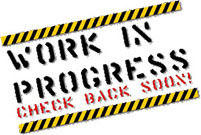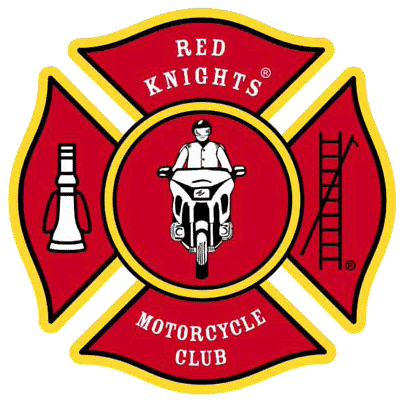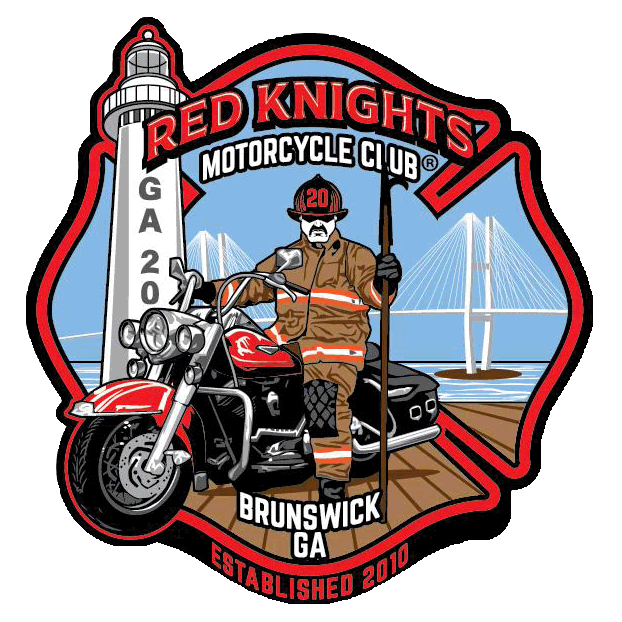Safety Information & Tips
SAFETY BRIEFING  RIDING FORMATIONS &HAND SIGNALS Staggered vs Parade
RIDING FORMATIONS &HAND SIGNALS Staggered vs Parade  INTERSECTION SAFETY
INTERSECTION SAFETY  MOTORCYCLING DANGERS
MOTORCYCLING DANGERS  PRE-RIDE INSPECTION T-CLOCS or T-CLOCK Everyone should have heard of T-CLOCS when taking their basic rider course. Proper pre-ride inspections can save you time, maintenance costs, and, most importantly, your life! While there are quite a few items that are covered in the official MSF T-CLOCS Safety Inspection Checklist (provided below), checking your tires (pressure and tread), brakes (pads and grab), oil level, lights (including your turning indicators), and controls should be the bare minimum. LIGHTING
PRE-RIDE INSPECTION T-CLOCS or T-CLOCK Everyone should have heard of T-CLOCS when taking their basic rider course. Proper pre-ride inspections can save you time, maintenance costs, and, most importantly, your life! While there are quite a few items that are covered in the official MSF T-CLOCS Safety Inspection Checklist (provided below), checking your tires (pressure and tread), brakes (pads and grab), oil level, lights (including your turning indicators), and controls should be the bare minimum. LIGHTING 
CLIMATE SAFETY TIPS
Clothing / Gear > Check the forecast. Sounds silly, butknowing what’s ahead as far as weather is concerned will help you dress appropriately.> Dress in layers, especially when themornings are cool (or downright COLD) and the afternoons warm up. We’ve seen 40 degree temperature variations over a normal ride!> Pack your rain gear. While rain gear isdesigned to protect you from rain, it can also act as another layer of protection and warmth.> Keep your hands and feet warm and dry! Tires > Every 10 degrees in temperature changeresults in about a 1 pound change in your tire’s pressure. When it cools down, you will lose pressure; when it heats up, you will actually gain pressure. Even checking your pressure one afternoon and coming out the next morning can result in a 3-5 lb loss.> Also, your tires lose pressure over time.Every 30 days, you can expect to see, in average temperatures, a loss of about 1-2 lbs in your tires.> Under-inflated tires result in poor handlingas well as excessive damage to the tires themselves.> Overinflated tires result in hard rides anddecreases the tire’s ability to withstand road impacts. Batteries / Charging System > The ideal temperature for your batteriesoperation is 80 degrees F.> Cold weather affects the chemical reactionsin your battery causing a “sluggish” performance. That’s why we look for batteries with a high Cold Cranking Amp (CCA) output.> You also lose about 0.5-1.0% of thebatteries overall charge every day they sit “idle” (not being used). If you have advanced electronics like alarms or accessories, they will drain even faster. If you have a trickle charger, put it on and keep it on if you ride your bike less than once per week.
HEALTH SAFETY TIPS
Heat Cramps Heat cramps are painful, involuntary muscle spasms that usually occur during heavy exercise in hot environments. The spasms may be more intense and more prolonged than are typical nighttime leg cramps. Fluid and electrolyte loss often contribute to heat cramps. Muscles most often affected include those of your calves, arms, abdominal wall and back, although heat cramps may involve any muscle group involved in exercise. If you suspect heat cramps:> Rest briefly and cool down> Drink clear juice or an electrolyte-containing sports drink> Practice gentle, range-of-motionstretching and gentle massage of the affected muscle group> Don't resume strenuous activity forseveral hours or longer after heat cramps go away> Call your doctor if your cramps don't goaway within one hour or so Heat Exhaustion Heat exhaustion is a condition whose symptoms may include heavy sweating and a rapid pulse, a result of your body overheating. Causes of heat exhaustion include exposure to high temperatures, particularly when combined with high humidity, and strenuous physical activity. Without prompt treatment, heat exhaustion can lead to heatstroke, a life-threatening condition. Symptoms of heat exhaustion include:> Cool, moist skin with goose bumpswhen in the heat> Heavy sweating> Faintness> Dizziness> Fatigue> Weak, rapid pulse> Low blood pressure upon standing> Muscle cramps> Nausea> Headache If you suspect heat exhaustion:> Stop all activity and rest> Move to a cooler place> Drink cool water or sports drinks If you are with someone showing signs of heat exhaustion, seek immediate medical attention if he or she becomes confused or agitated, loses consciousness, or is unable to drink. You will need immediate cooling and urgent medical attention if your core body temperature or higher. Heat Stroke Heatstroke is a condition caused by your body overheating, usually as a result of prolonged exposure to or physical exertion in high temperatures. This can occur if your body temperature rises to 104 F (40 C) or higher. Heatstroke requires emergency treatment. Untreated heatstroke can quickly damage your brain, heart, kidneys and muscles. Symptoms of heatstroke include:> High body temperature.> Altered mental state or behavior.confusion, agitation, slurred speech, irritability, delirium, seizures and coma can all result from heatstroke.> Alteration in sweating. In heatstrokebrought on by hot weather, your skin will feel hot and dry to the touch. However, in heatstroke brought on by strenuous exercise, your skin may feel dry or slightly moist.> Nausea and vomiting.> Flushed skin.> Rapid breathing.> Racing heart rate.> Headache. If you suspect heat exhaustion:> Get the person into shade or indoors.> Remove excess clothing.> Cool the person with whatever meansavailable — put in a cool tub of water or a cool shower, spray with a garden hose, sponge with cool water, fan while misting with cool water, or place ice packs or cold, wet towels on the person's head, neck, armpits and groin.
Wind Chill & Hypothermia 




